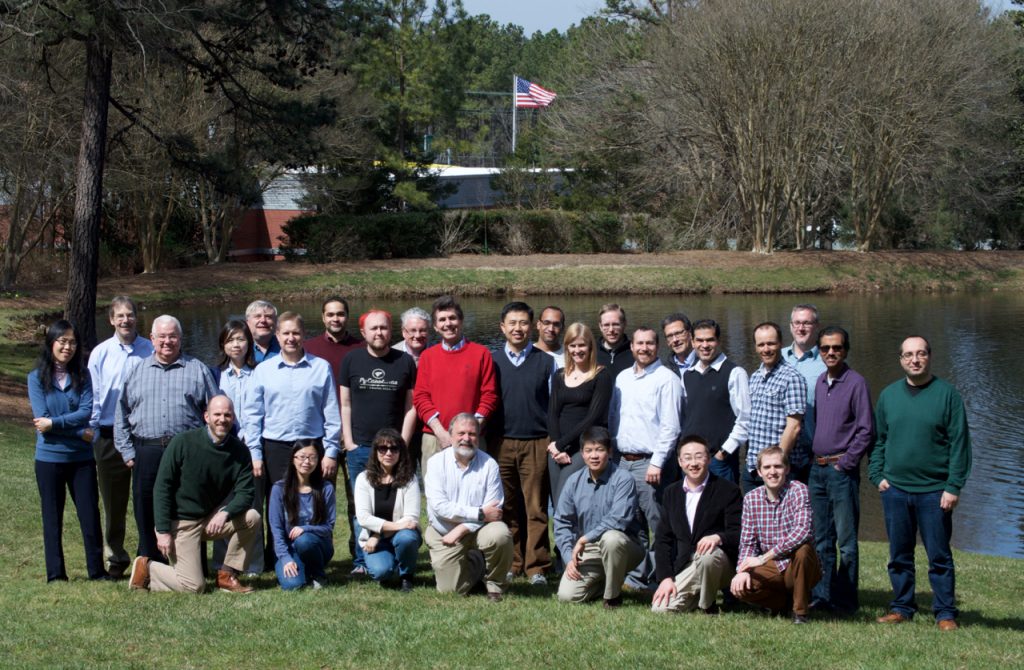HydroShare, an online collaborative environment to support analysis, modeling, and data publication related to water science research, continues to expand the options and features it provides to hydrologists and the larger water science research community.
Launched in 2012, the effort to build HydroShare as an open source water science research and discovery environment means that researchers can now share data and models with colleagues nationwide. They can also access, visualize, and manipulate a broad set of hydrologic data types and models, and connect with data and models published by others.
The HydroShare research team, led by David Tarboton of Utah State University and including collaborators from RENCI, Brigham Young University, the University of South Carolina, Purdue University, Consortium of Universities for the Advancement of Hydrologic Science Inc., Caktus Group, Tufts University, the University of Texas at Austin, and the University of Virginia, met recently at RENCI to finalize new features of the platform. RENCI has played a key role in HydroShare software development efforts and has implemented the integrated Rule-Oriented Data System (iRODS) to manage the platform’s distributed data.

The Hydroshare team gathered at RENCI to finalize improvements to the software and make future plans.
Key additions include implementing Digital Object Identifier (DOI) capabilities on the HydroShare website and new capabilities for executing SWAT (Soil & Water Assessment Tool) computational hydrology models within the system, with support for additional models coming soon. DOIs are a unique string of characters assigned by a registration agency in order to identify content and provide a consistent link to its location on the internet. DOIs are most commonly assigned to research papers, but the ability to assign them to hydrology models and data expands the horizons of how water science research data can be used and replicated.
“Researchers now have a venue to publish a variety of hydrology products that they couldn’t before,” said Ray Idaszak, director of collaborative environments at RENCI and RENCI’s lead researcher on the HydroShare project. “By virtue of DOIs, those resources are now easy to find and citable, a change that has the potential to move the entire field of water science research forward in new ways.”
The team has also identified approaches for executing hydrology computational models using the HydroShare platform. This improved process for modeling, along with a system that allows small groups to work together before publishing their work to a wider audience, promises to improve the efficiency and effectiveness of hydrology research and discovery.
“We aim to give researchers a one-stop shop where they are able to manage a multitude of model inputs and outputs,” said Idaszak. “In addition, they will be able to collaborate around that work and make changes and improvements to models before they are finalized and published—and those collaborations can take place regardless of the physical locations of the team members.”
In addition to creating a more robust system to process and store water science data and research, HydroShare seeks to build connections and facilitate collaborations with other scientists and technology initiatives. Those new connections also contribute to HydroShare’s primary goal of helping researchers better understand water science issues and solve important water-related problems. Already HydroShare has enabled collaborations with CyberGIS, SWATShare, LandLab, RADII, and the iRODS development team at RENCI.
To connect with HydroShare or start publishing your water science research, visit their website or send them an email.


